Ebike Maintenance Guide: The Ultimate Guide for Peak Performance & Longevity

Due to its affordable price, convenience, and better performance, the ebike has become a commuting choice for many people and has become an indispensable part of people's lives. But if you want your ebike to have a longer service life, it is important to maintain it. This can not only help reduce the failure or damage of its accessories, avoiding being at a loss when the ebike is damaged while riding, but also extend the life of the ebike.
Unlike regular bikes, the maintenance of eBikes is more complicated, mainly on the battery, motor, and other electrical components.
In this article, I will describe in detail how to maintain an ebike, from screws to the maintenance of electrical accessories such as batteries.
Preparation before maintenance
Before maintaining the ebike, you need to prepare basic tools such as Allen wrenches, pumps, cleaning tools such as mild soap, soft brushes, and chain lubricants.
It should be noted that when cleaning the vicinity of any electrical accessories, you need to turn off the power of the ebike and remove the battery first, which is very important for safety.
Core maintenance
(1) Exterior cleaning
Regular cleaning of your ebike not only makes it look better but also prevents frame corrosion and protects components.
To do this, all you need is a mild detergent and a soft brush or cloth. Clean the dirt off the bike frame, tires, and fenders. Additionally, avoid using a high-pressure washer to clean the battery box, motor, display, or connector directly. Ensure these parts are kept completely dry to prevent water from entering and causing the ebike to short-circuit when the power is turned on.
(2) Battery Care: The Heart of Your Ebike
The battery provides power to the ebike, which is undoubtedly one of the most important components of the e-bike. Without the battery, the ebike is no different from a traditional bike. Therefore, it is essential to maintain the battery if you want to keep it in good condition.
When using the ebike daily, avoid full discharge or excessive charging; 20-80% is recommended. This means that once the battery has only 20% charge left, you need to charge your ebike. Do not expose the battery to extreme weather conditions, such as scorching sun or extremely cold temperatures, as this can significantly damage the battery's performance and reduce its lifespan. In addition, it is best to use the matching charger that comes with the ebike to charge.
Battery storage: When the ebike is not used for a long time, the battery needs to be stored in a dry indoor environment, and the battery needs to be kept charged. The ideal charging level is 40-60%.)
(3) Tire & Wheel Maintenance
The first thing to check for tires is tire pressure. Correct tire pressure can not only improve range and grip, but also effectively prevent punctures. Use a tire pressure gauge to check weekly. You can check the appropriate tire pressure on the sidewall of your tire or contact the manufacturer for confirmation. The tire pressure also needs to be adjusted according to your riding terrain and comfort.
The second thing to check is the degree of wear of the tire. Check for cuts and embedded debris. If the tire pattern is worn too badly, you can consider replacing a tire to prevent a flat tire.
If your ebike has a spoke wheel, you need to check whether the wheel will wobble. If the bike has been used for too long, the spokes may not be tight enough, which may cause the wheel to wobble. However, to adjust the spokes, you may need to seek professional help
(4) Drivetrain Care: Chain, Cassette, Chainring

The drivetrain system of an ebike includes the chain, cassette, and chainring.
The first step is to lubricate the chain. Before lubrication, clean the chain of dirt and debris, and then apply the specific lubricant. The maintenance frequency can be based on your usage. If it rains or the chain comes into contact with seawater, you also need to clean the chain and apply lubricant to prevent it from rusting and affecting normal use.
Secondly, check whether the cassette and chainring have bent teeth, which will cause the chain to fall off frequently. If so, you may need to replace these parts.
(5) Brake System Check & Adjustment
Brakes are key safety components. Regular brake checks can ensure that you can brake effectively and safely in the event of an emergency. Therefore, brake inspections are essential.
*Brake pad inspection: Check the wear of the brake pads regularly. Thinning brake pads will lead to reduced brake performance. You need to replace them when they are worn. In addition, if you find that the brake pads are worn unevenly, this indicates that the brake pads may not be fully in contact with the rotor. When replacing the brake pads, you also need to readjust the position of the caliper.
*Rotor inspection: Bent rotors, oil stains, or any contamination will cause squeaking when riding or braking. Therefore, clean the rotors or replace them if necessary.
*Brake Lever Feel & Power: Test the tension of the brake levers regularly. If the brake levers are too spongy, you need to adjust them.
Adjusting mechanical disc brakes is simple. Loosen the nut and tighten the brake cable.
For hydraulic disc brakes, if the brake lever becomes spongy, there may be bubbles in the hydraulic pipe. It is complicated to vent the hydraulic pipe. You can seek help from professionals.
(6) Bolt Check: Keeping Things Tight & Secure
If the screws in critical parts are loose, riding will become unsafe. You need to regularly check whether the screws are tightened, including the wheel axle, stem, handlebars, seatpost, saddle, rear rack, and fenders. In addition, you should also avoid over-/under-tightening to prevent damage to these parts.
Connections: Ensuring Smooth Operation
Check that all cables are connected and that there are no wear, cuts, or looseness, especially near moving parts such as handlebars or suspension. Make sure the battery, motor, and display connections are clean, dry, and fully seated.
Seasonal & Storage Considerations

(1)Wet Weather/Winter Riding
After riding in the rain or in winter, the ebike needs to be thoroughly dried.
The frequency of cleaning the transmission system and brakes should be increased. Prevent the chain and brake disc from rusting to ensure that they can perform their best. After the chain is dry, use lubricant. In addition, it should be noted that during riding, the battery terminals need to be protected extra, usually with a battery end cover, just close it.
(2)Long-Term Storage
When the ebike is not used for a long time, it also needs to be thoroughly cleaned before storage. Dirt hidden in it may cause rust on the frame.
For battery storage, you need to remove the battery from the ebike and store it in a dry place. Avoid placing the battery outdoors in winter. Make sure the battery charge is kept at 40%-60% to protect the performance and extend the life of the battery.
Inflate the tire to its maximum tire pressure or lift the ebike off the ground. Avoid deformation of the wheel hub or damage to the tire due to the wheel hub contacting the ground for too long when the tire is completely deflated.
Conclusion: Ride Further, Safer, and Longer
Maintenance is essential for an ebike. Continuous, simple maintenance of your ebike not only ensures safety and maximizes your riding experience, but also avoids expensive repair costs for damage to the ebike caused by a lack of maintenance. Don't worry about not being proficient in technology. Learn the above, and you can already do simple maintenance!
Feel free to add and share your maintenance tips for your ebike in the comment section!




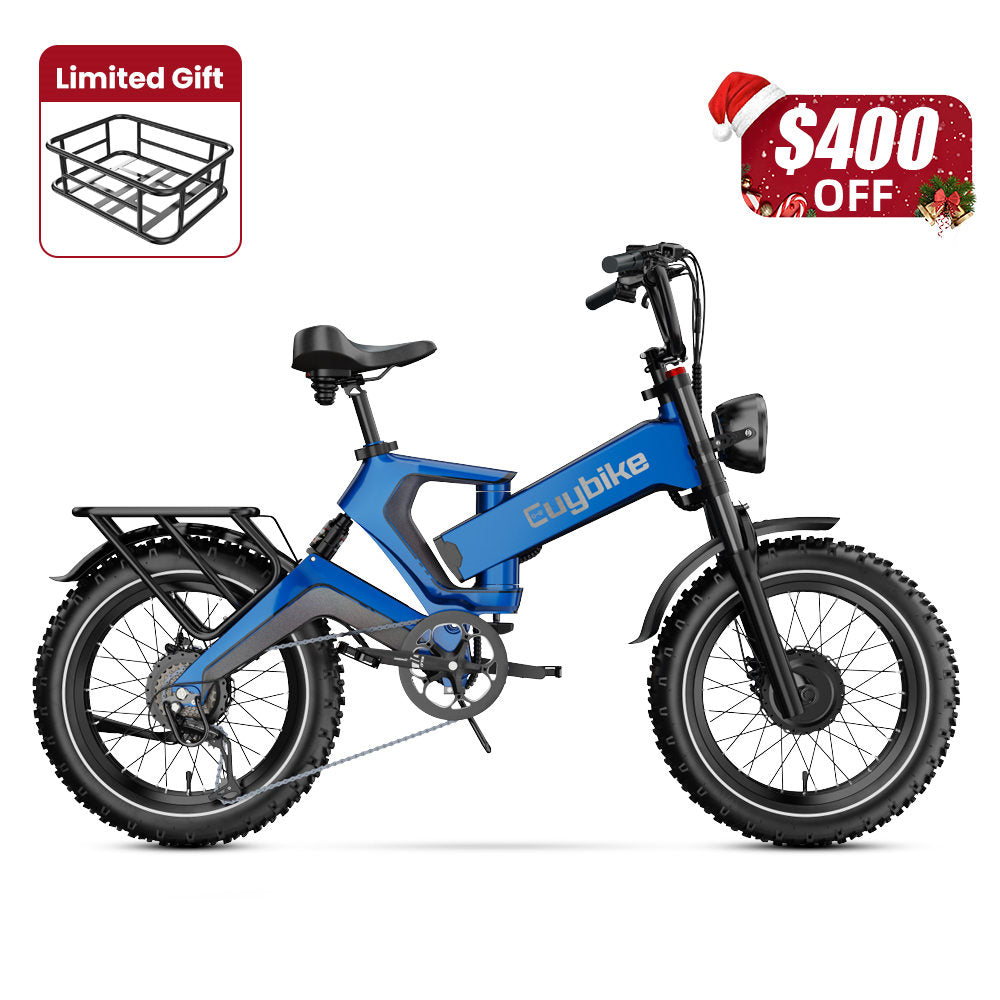

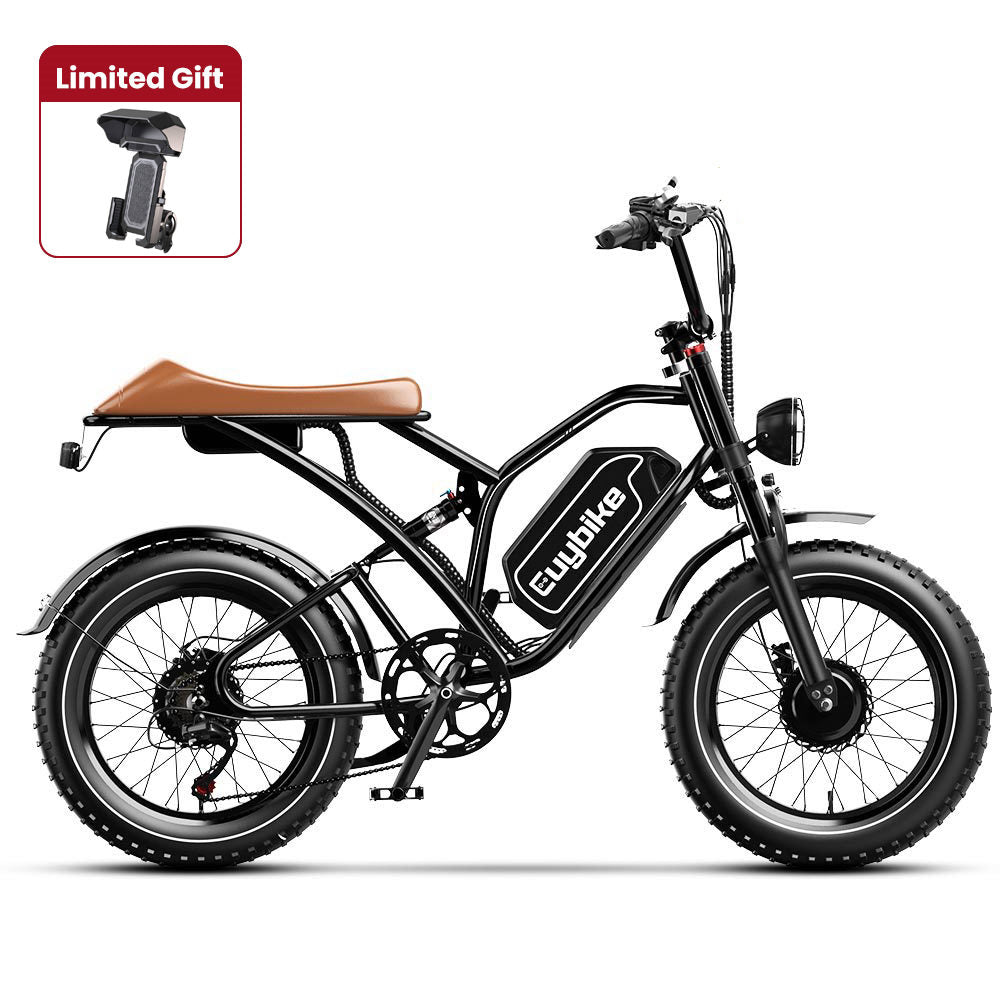
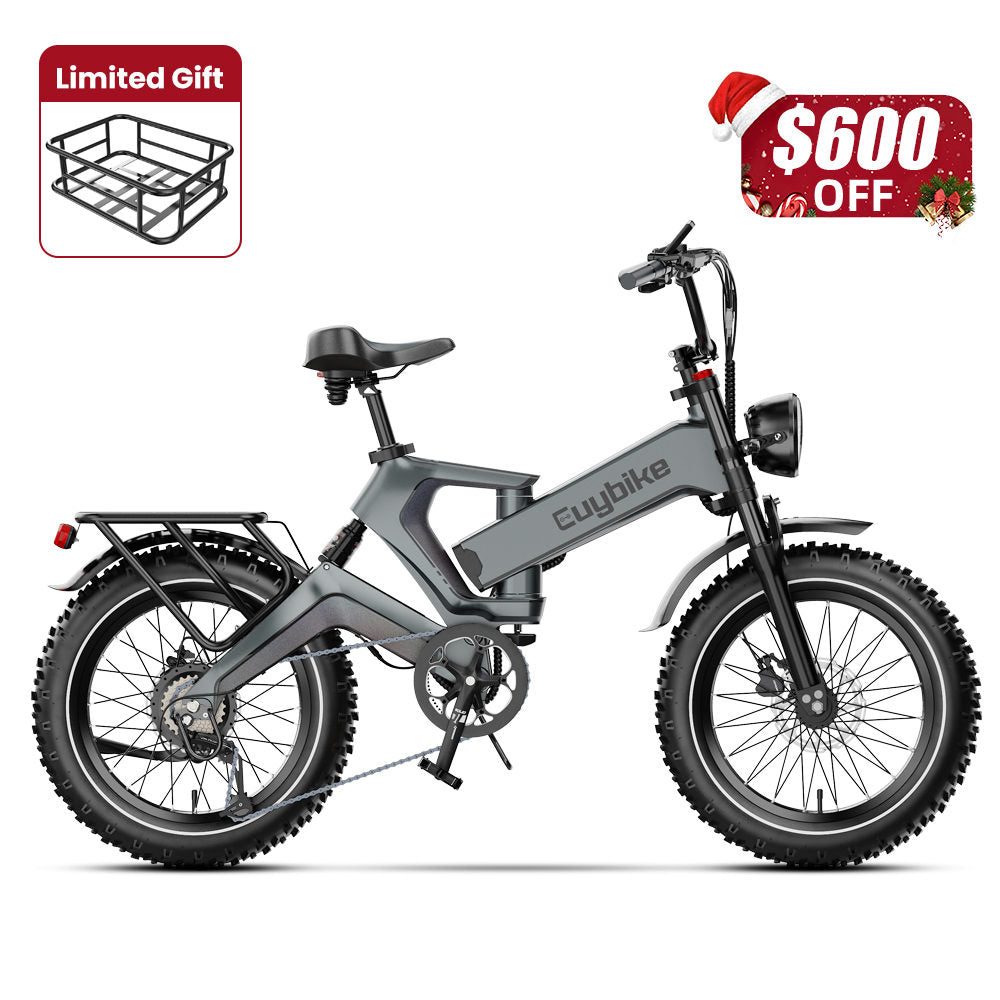




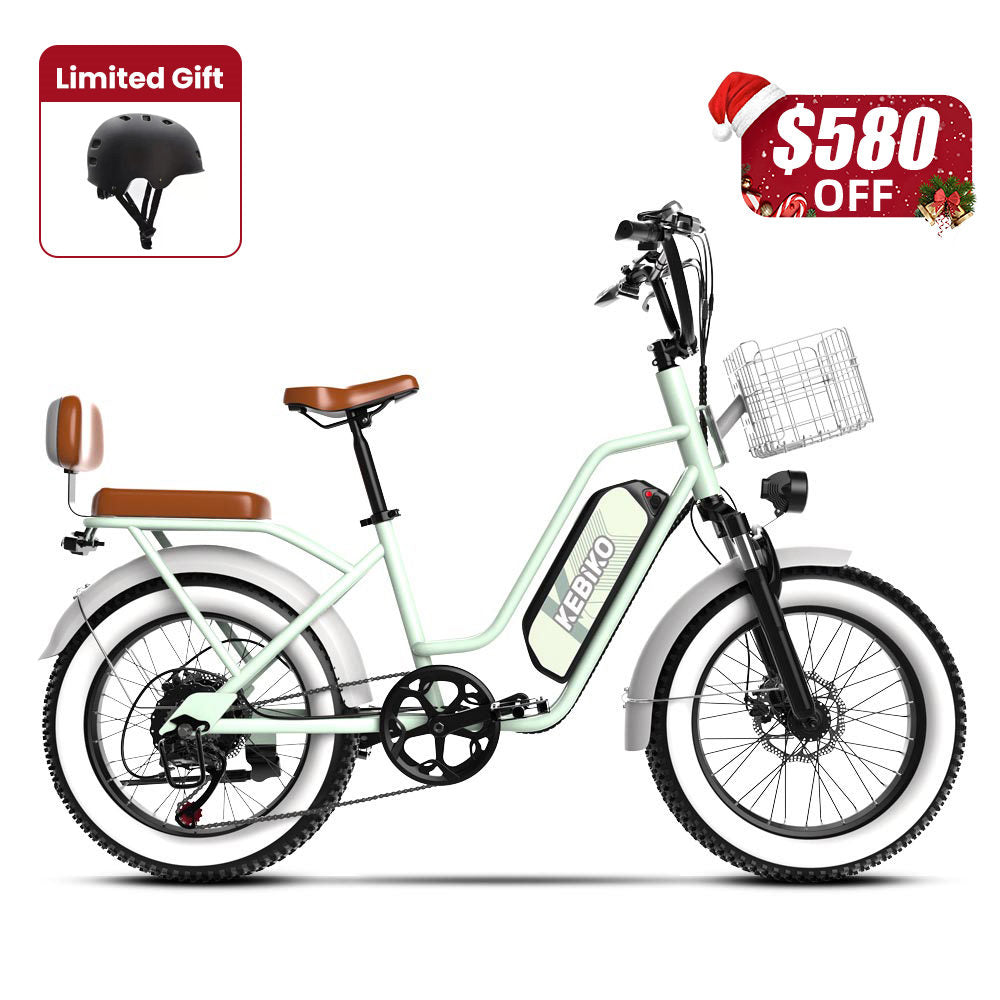
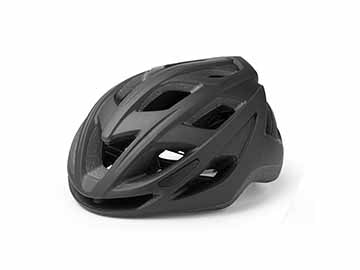
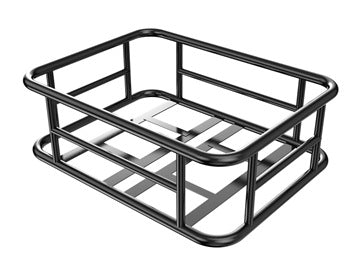
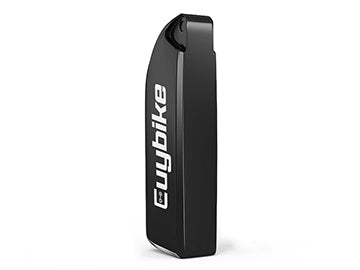
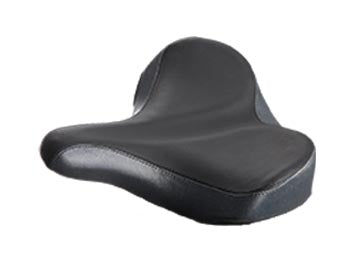
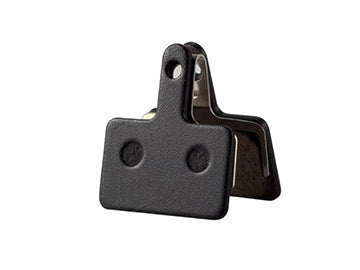
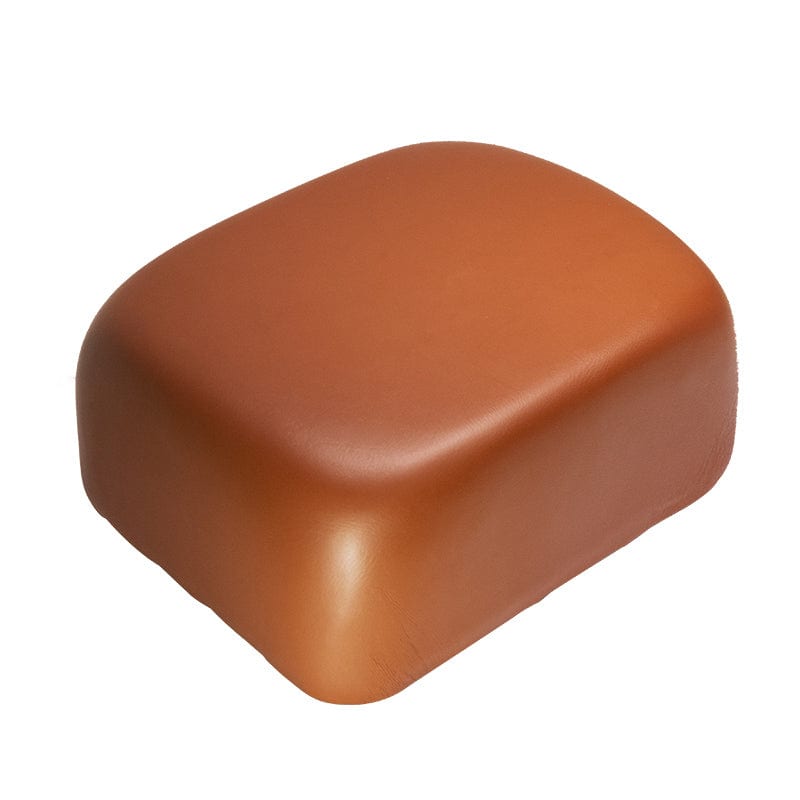
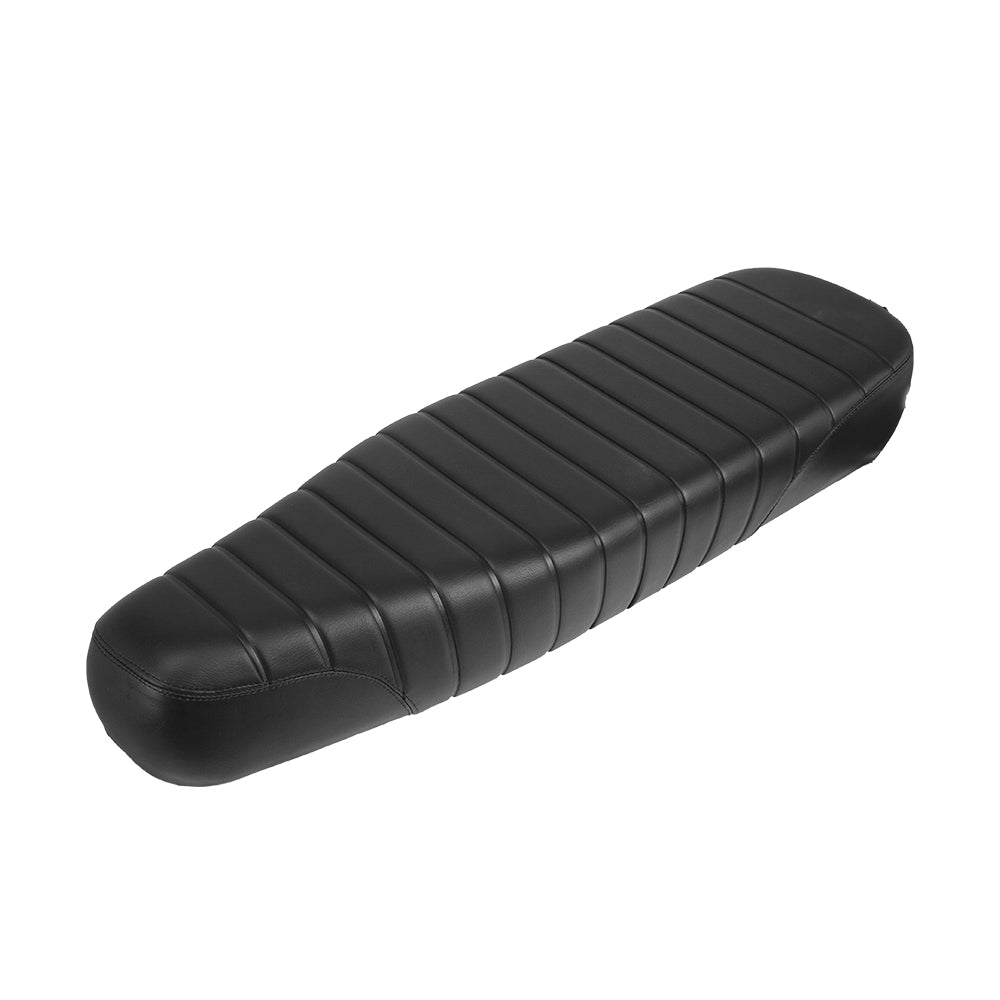
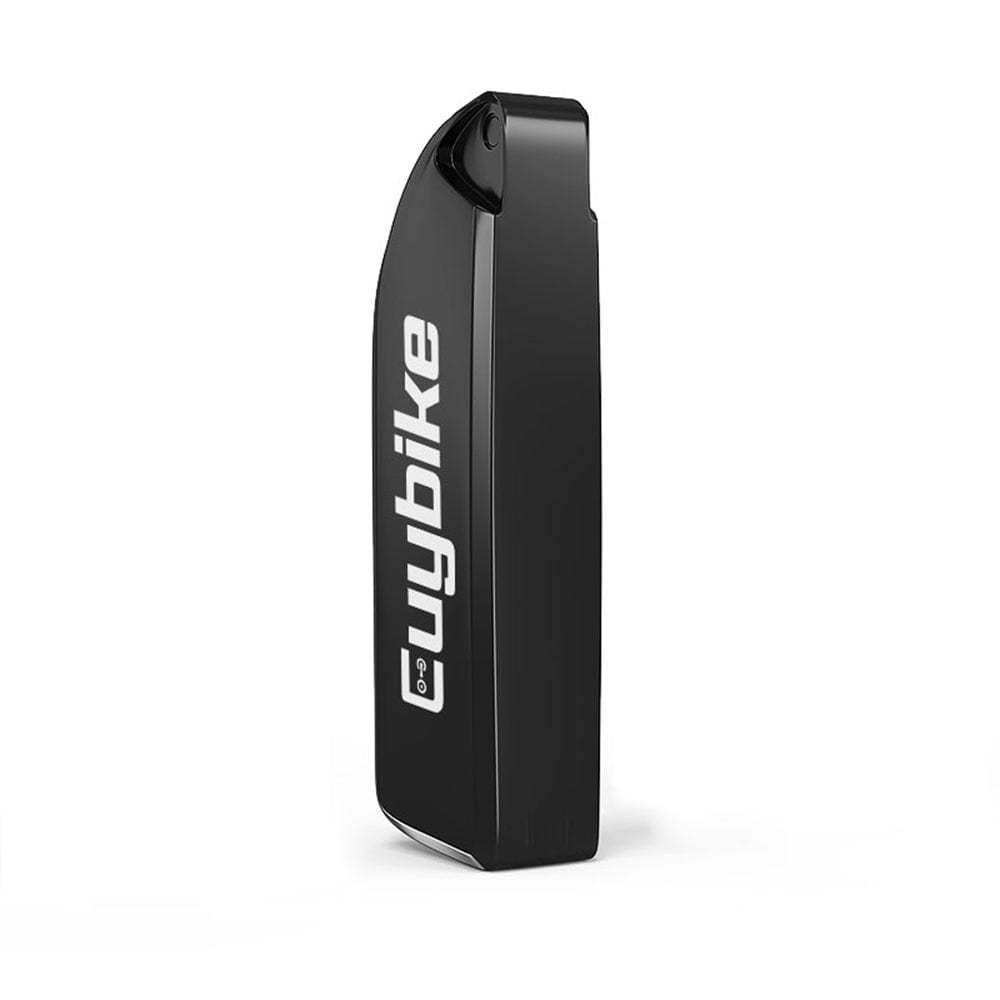
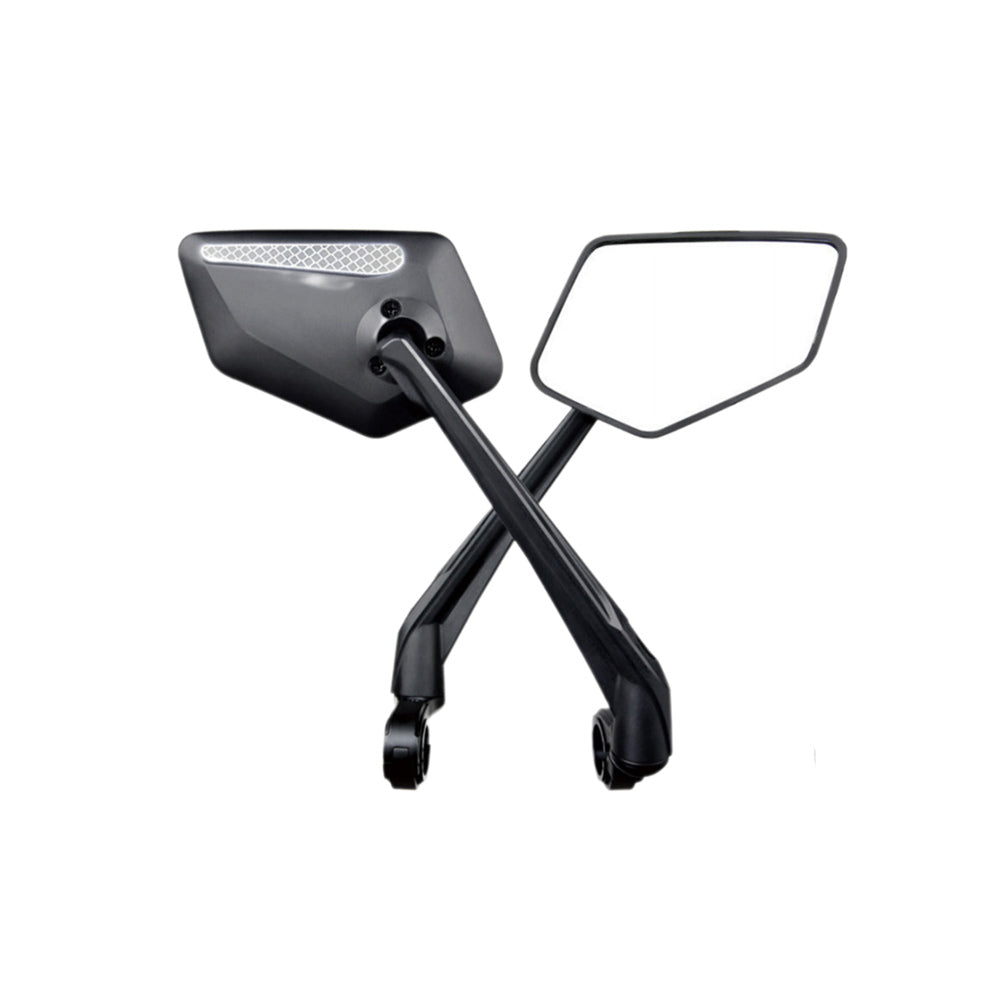
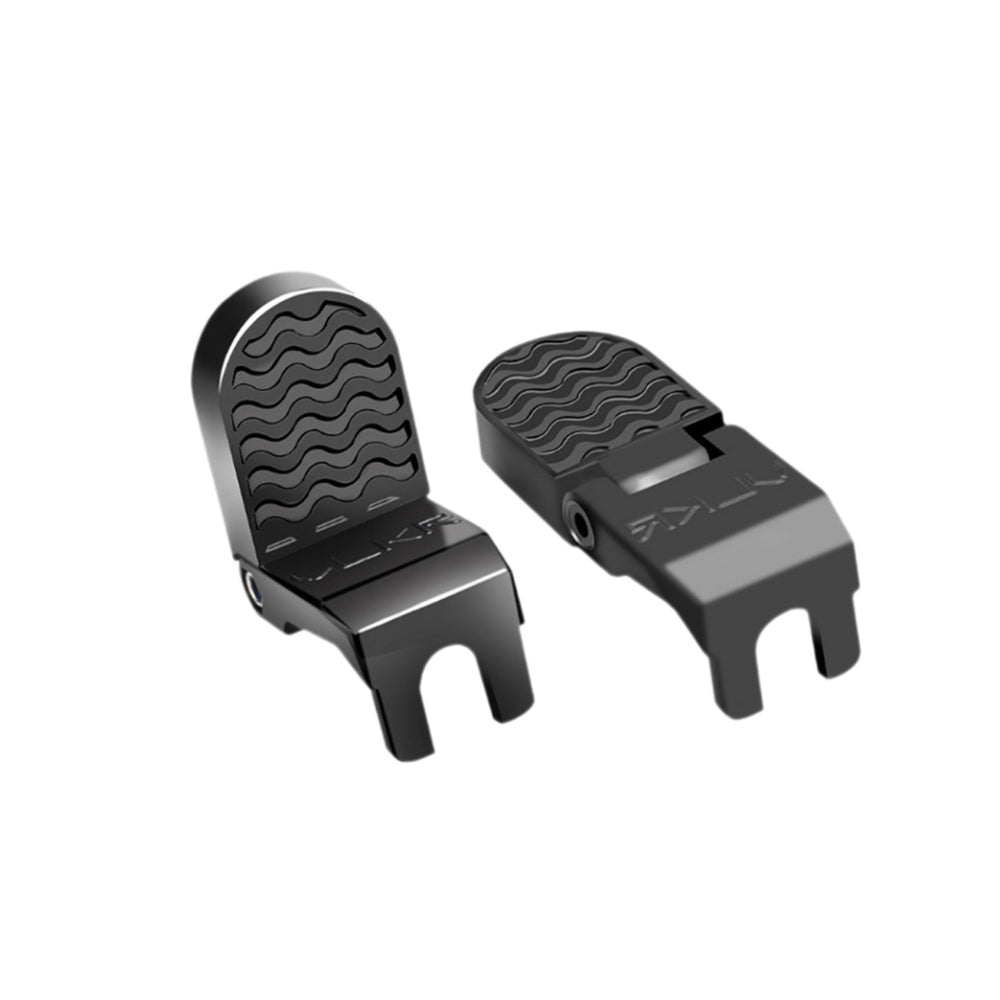
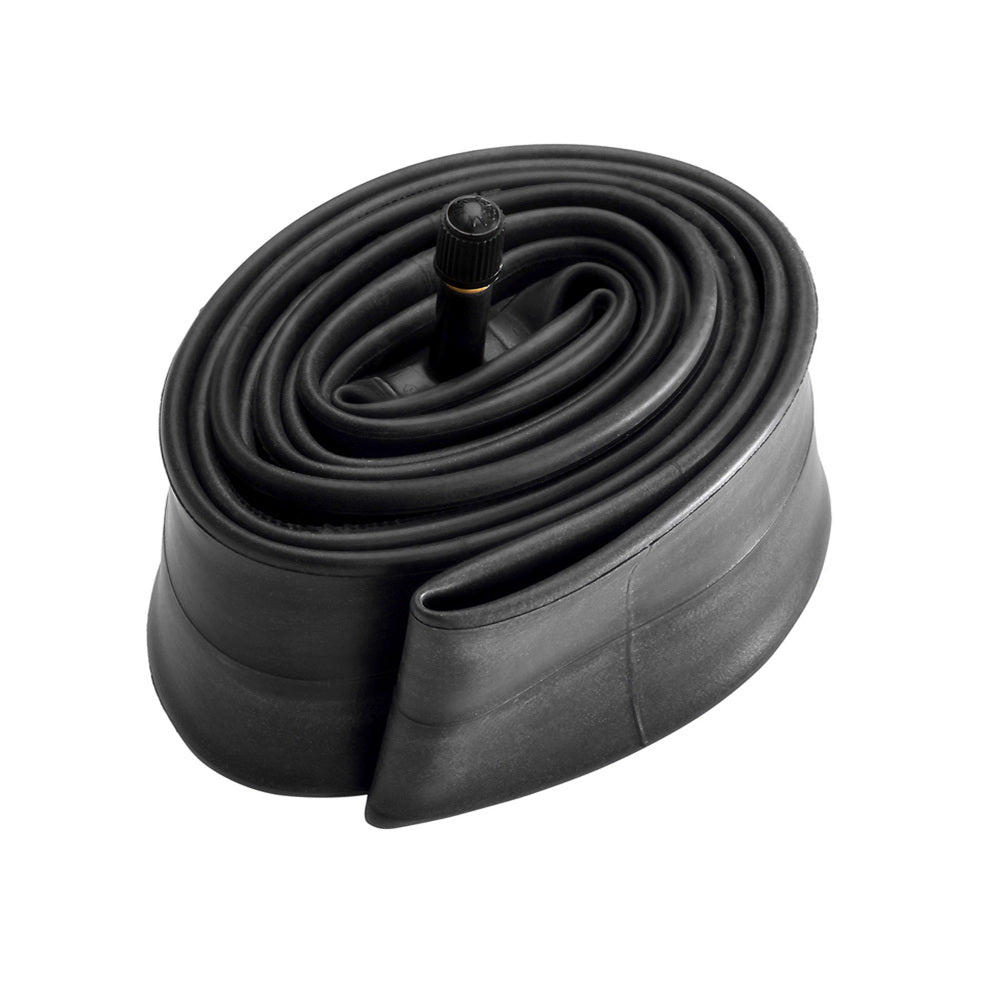

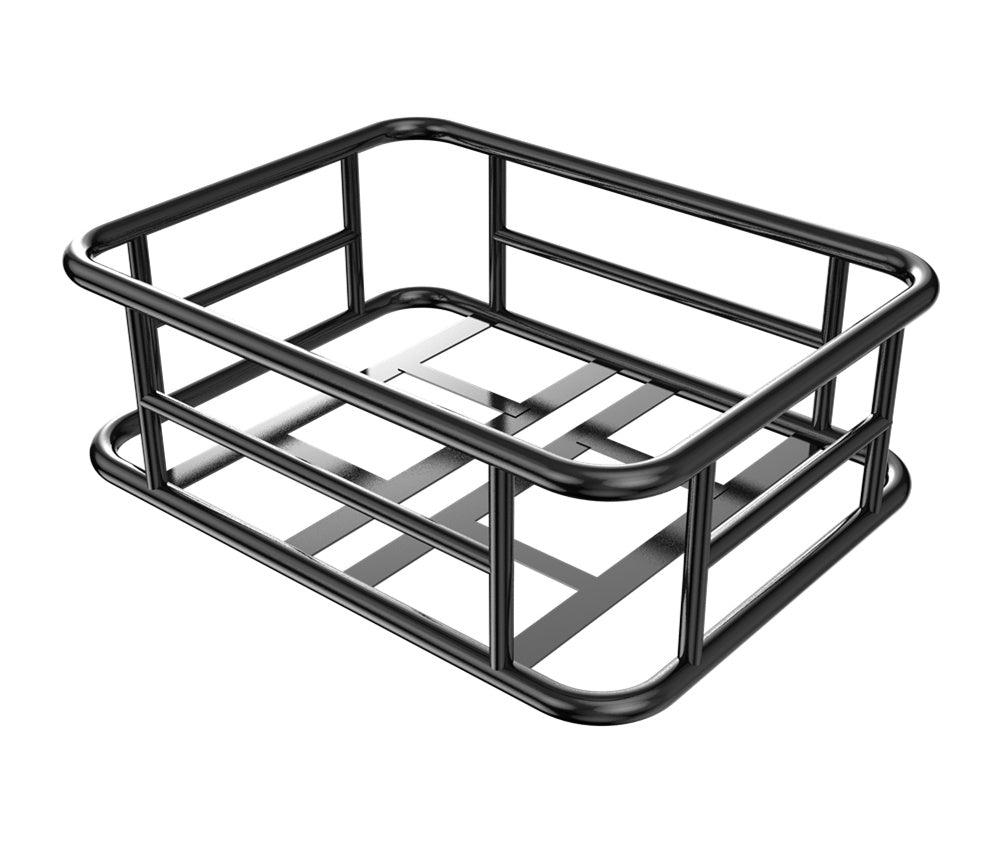
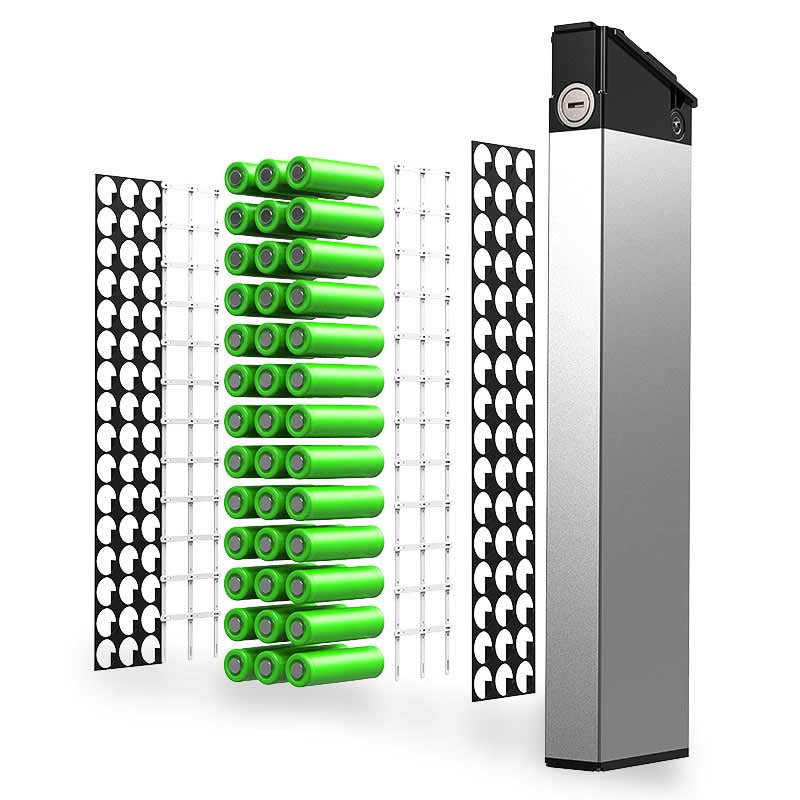
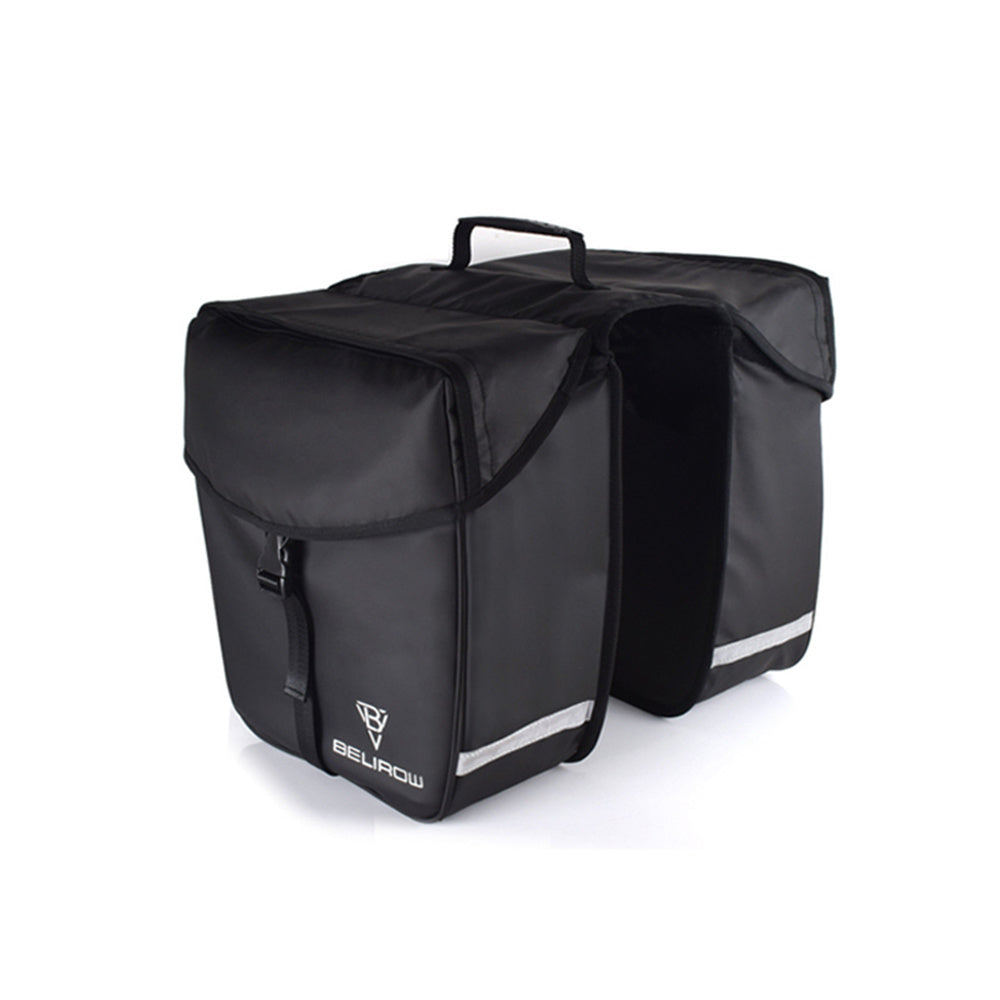
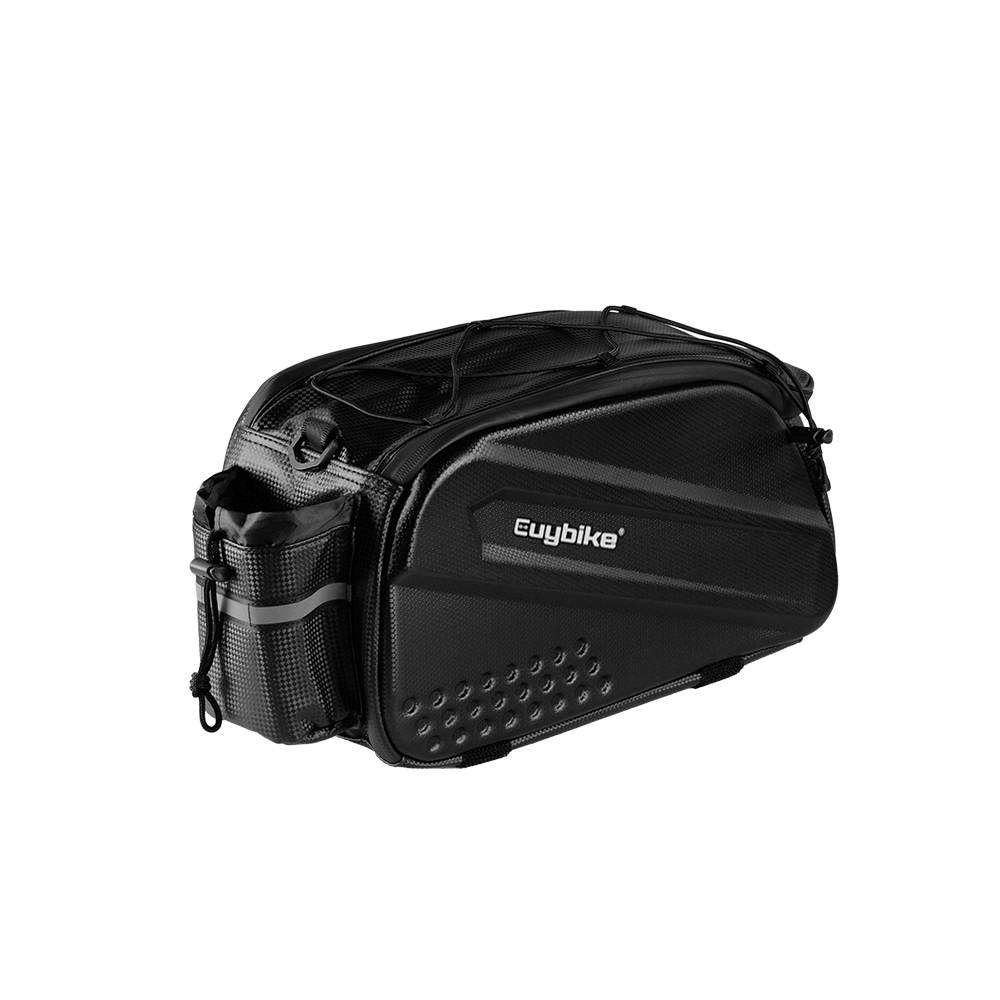
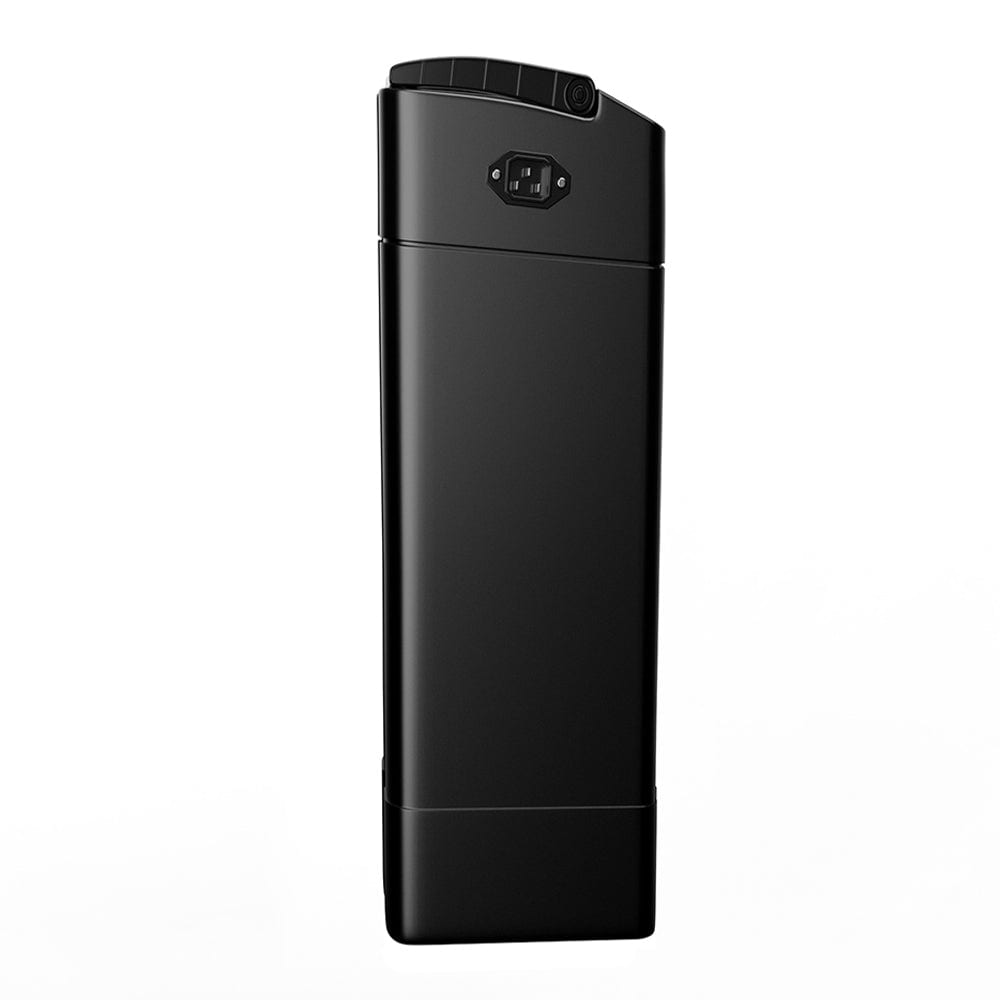


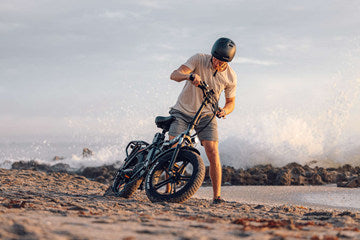
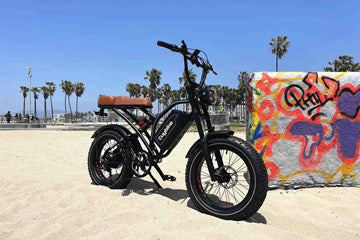
Leave a comment